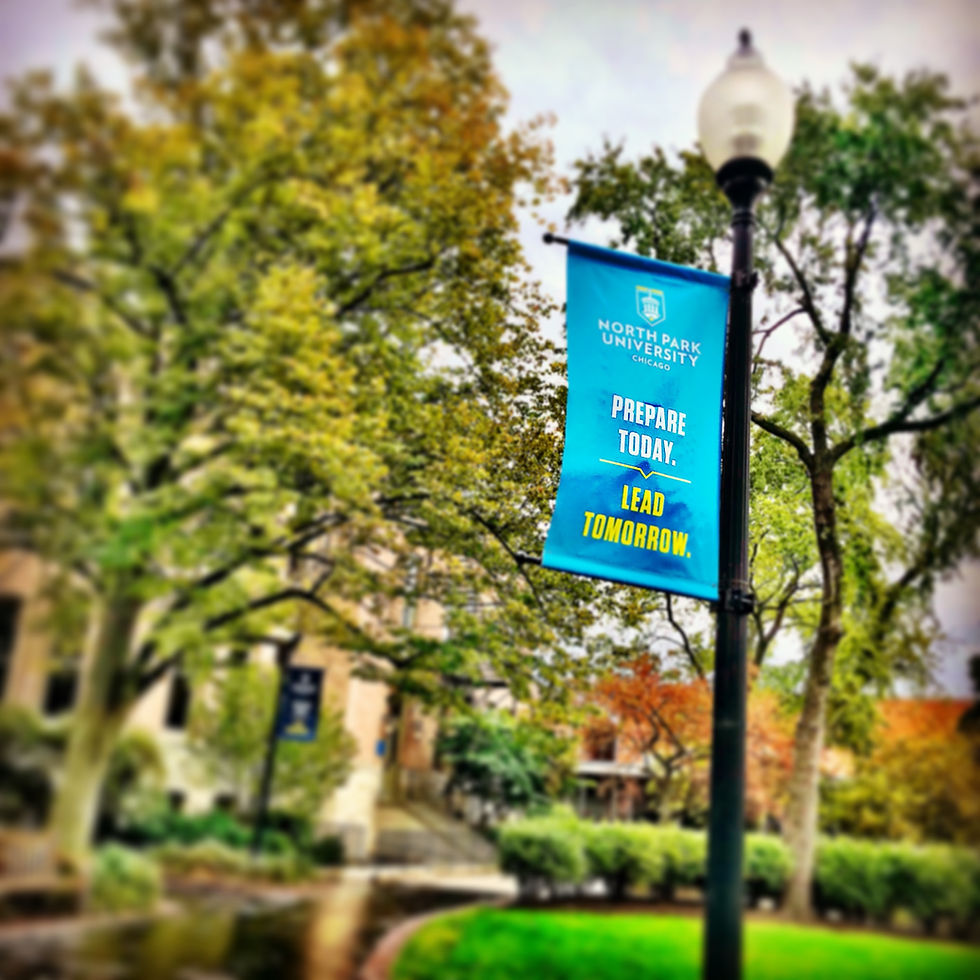Dig Deep
- Dr. Renée-Paule Gauthier
- Dec 15, 2014
- 4 min read
Try again. Fail again. Fail better. –Samuel Beckett
As I stated in the first installment of this blog, first, there is art. But for art to reach the listener’s heart, there needs to be a limited amount of filters between the artist’s conception of a work and his/her audience’s ears. Technical mastery of basic elements will give the performer the freedom to interpret music , beyond merely playing notes.
Good practicing habits are at the core of the progress of all students. Young violinists who can learn to analyze their pieces, mark out the patterns, plan exercises to work on the difficulties, and mentally memorize the feeling of successfully playing problematic passages will see tremendous progress in just a few months. One needs to hasten slowly and dig deep!
First, ask yourself this question: do you know how to practice? It is important to pause and ask yourself if the problems reside in a lack of technique or in the way you are practicing a passage. In the case of the former, a long term plan is required. For the latter, a methodical, thoughtful, and often creative approach can yield immediate results.
I, myself, am frequently guilty of the worst sin of all: mindless repetitive work! Thinking -really thinking- while practicing is grueling work, and it is usually tempting to take the easy route by mentally checking out and letting the fingers move casually. Making sure full awareness is part of the practicing process will save you time and effort, as well as ensuring that you are learning forever.
The same principle applies to pretty much everything else in life. Spending time inquiring about efficient and effective work techniques and/or effective habits will prove to be a valuable effort in preparing for exams and work assignments, making healthy life choices, and living a full and balanced life.
Two weeks ago, I mentioned the interesting findings of Daniel Coyle in regards to deep practice. When practicing, the author of The Talent Code explains that it is important to choose a goal beyond the present abilities, and to target the struggle methodically and patiently, focusing on recognizing patterns, identifying important elements, and grouping them into a meaningful framework.
To illustrate this methodology, I will use a short example for the first movement of Aram Khachaturian’s Violin Concerto (mm. 25-29), which I recently covered with a student in a lesson at North Park University. Once one is done with the preliminary work of identifying the structural elements--notes, patterns, groupings--and has settled on tentative fingerings and bowings of a given passage (areas which will be covered in future entries), the real work begins.
The first step is to identify specific issues and approach them separately, using mental analysis and both familiar exercises and creative new ways to manipulate those exercises. For example, if one struggles with the shift from B-flat to D-flat in m. 29 of the Khachaturian (see image below), one should reflect first on the starting point (B-flat, 3rd position, 2nd finger) and the landing point (D-flat, half 6th position, 1st finger), the distance/interval between the two notes (1 ½ step – minor 3rd), and analyse the way the left fingers, wrist, arm, and elbow should approach the shift (i.e. starting position and angle, preparation if necessary, motion required, arrival position and angle), as well as how the bow should behave during this operation.
Once the appropriate mental work has been done, the shift itself can be practiced in many different ways - going from a slow speed to a faster-than-necessary tempo, playing shifting exercises such as Yost, playing the passage in different keys, trying different levels of pressure, etc. Once one is familiar with the shift and can execute it successfully, it is important to make sure it can be performed in context. If not, the problem might come from what happens a few notes before the shift, or from poorly anticipating what comes after it. The process must then be repeated incorporating the additional fragments of the passage.
After all distinct problems have been addressed, the passage can be practiced as a whole. Deep practice techniques include building up from slow to fast with metronome, using different rhythms (see the rhythm patterns included with Ivan Galamian’s Contemporary Violin Technique), different bowings (see Galamian’s bowing patterns and the patterns in Kreutzer’s Etude no. 2), different accents, playing it in different keys, and by combining of all the above procedures in inventive and challenging ways.
By mentally analyzing the passage, breaking it into specific difficulties which are individually addressed, practicing it in ways that make it more challenging than it is, and by revisiting it frequently, one will build strong brain connections which will strengthen one’s technique and ensure a solid and permanent mastery of a passage such as the one seen below.
In the studio this week: “Don’t hesitate to explore wider dynamic ranges. Experiment with bow speed/placement/distribution/pressure.” “Develop a stronger sense of narrative in your musicality. Think about the story you are trying to tell your listener.” “Practicing is like brushing your teeth, you can’t brush for an hour on Sunday and forget about it for the rest of the week. It must be done consistently, every day.”
Related articles: http://www.bulletproofmusician.com/how-many-hours-a-day-should-you-practice/; http://jennetingle.blogspot.com/2011/02/practicing-to-improve.html; http://www.huffingtonpost.com/robert-sun/critical-thinking-and-our_b_3941955.html
(Next time: Win The Hurdle Race)




Comments